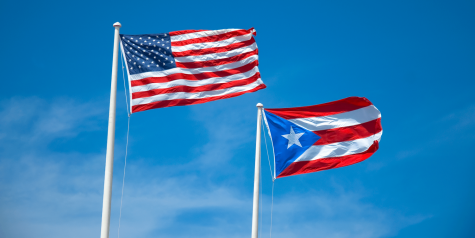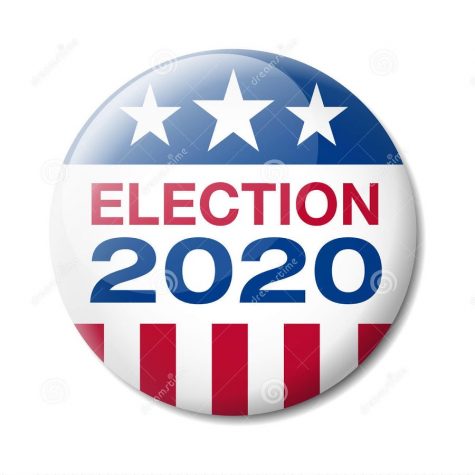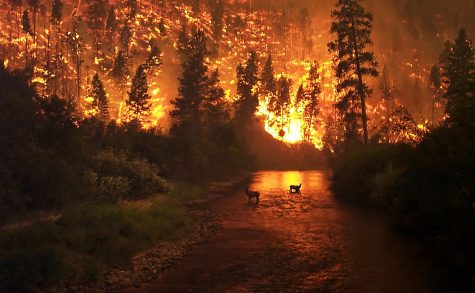The Impact of the Media on Mass Shootings
We live in a country where mass shootings occur more often than they should. Not only are guns easily accessible to people (easier in some states than others), but it is also a casual matter for one person to own an excessive amount of them. The media has instilled fear into the average American citizen, making them believe that they aren’t safe wherever they live and go. This is clearly evident through movies, TV shows, and the news.
In a 2002 film, Bowling for Columbine, Michael Moore makes the point that the media in America has implanted the idea into Americans to become obsessed with fear and experience constant paranoia. The media impacts American society by making Americans believe that guns are necessary to “protect” themselves. The news has conditioned people to think that the United States is more dangerous than it is, along with the communities where Americans live. Shows like Cops convince Americans that they are constantly in danger, because they show violent scenarios in their neighborhoods. Black people are portrayed as threatening individuals, making them to blame for the majority of shootings. Google search the faces of the individuals responsible for mass shooting over the last 20 years. Then count how many are black. The “black man” is not the one you should be scared of. People are conditioned by the nightly news to become obsessed with fear, and the extreme desire to kill those who “pose” harm. This is evident in many scenes in the documentary. Individuals believe that it is necessary for them to protect themselves from potential burglars and rapists, along with the government that enables them to gain easy access to weapons. In the K-Mart and Walmart stores that Moore visits, he finds out the price of ammunition, which is just 17 cents each. Not only is this ridiculous, but purchasing a gun is too simple. The media has led Americans to believe that guns are normal to own, and killing is justified if they are protecting themselves.
The media has a psychological effect on young teenagers who find it compelling to become the perfect copycat of a murderer. How The Media Inspires Mass Shooters, by Mark Follman, addresses the problem of those who have committed mass shootings and had their images and names blown up on social media. Reid Meloy, a forensic psychologist at the University of California-San Diego, and a leading researcher on targeted violence, who has interviewed and evaluated mass killers, states that the publicity an attacker gains after committing the mass murder has a dangerous effect on other young men vulnerable to dark and violent identifications with the perpetrators. This causes them to not only just wanting to be like them, but becoming envious and wanting to one-up them. This compels them to aim to accomplish a higher body count or killing in a more sensational way. The media also uses words that triggers a potential mass murderer. Words like “lone wolf” and “school shooter” convinces young men that these acts of violence are cool. This gives them a conferral of status, since they become singled out and significant from thousands of others.
The issue of how the media is portrayed and how those in the society react to it can be viewed from an interactionist perspective. It explores the reasons as to why those from a particular society behave the way they do, and how the society influences the choices we make. The interactionist perspective focuses on how one maintains the impression of them self, which evidently relates to many young men who are driven to commit mass murder from the language in which social media talks about mass murders. They want to act tough and cool, and they want to stand out, even if it means they have to kill innocent people. Not only does language influence the decisions of mass murders, but other forms of media such as the news that conditions people to believe they are not safe, and targeting a specific group of people greatly impacts the way people think, causing them to “defend” themselves when “necessary.”
There are major cultural differences in Canada and the United States that clearly shape the contrasting views on gun violence. Although people in both countries watch the same violent movies and play the same violent video games. In the Wall Street Journal, U.S. Leads World in Mass Shootings, it is shown that between 2000 to 2014, there has been 133 mass shootings in the United States, and 3 mass shootings in Canada. Canada has a drastically lower rate of gun violence due to the fact that different races and ethnic groups are much more accepted in Canada, as oppose to the United States, where specific ethnic groups are targeted, and broadcast in the media. Some also blame the violence on bloody video games and movies, and the history of violence the United States has had in wars, but that is also evidently incorrect. Not only do people in Canada have a calmer mindset in general, and do not believe everyone is a threat even though they watch the same movies and play the same video games as those in the United States. Japan’s popular violent video games has had no impact on gun violence, which is clear in Zeehan Aleem’s Japan Is Showing the Rest of the World How to Deal With Gun Violence. Japan has the second lowest rate of homicides by firearms, whereas the United States has the highest in the world. Adding on to that, the United States has been involved in a lot of bloody wars, but so have other countries who do not have the high rate of gun violence. More people have been killed with “normal guns” in the United States than all the wars we’ve fought combined.
People who believe that gun ownership and violent video games are the only causes of gun violence are wrong. Not only is it apparent that other countries who have citizens owning guns and playing the same video games still manage to not kill each other, but it is also conspicuous that the contrasting content of media shared in different countries has influenced the behavior of people. Besides statistics, documentaries show the different mentally those living in the U.S. have compared to Canada, proving that mass shootings are caused by psychological factors, and not access to a gun and video games.
The high rate of mass shootings in America is caused by the constant fear and paranoia Americans have about their surroundings due to the news that is constantly convincing them that they are not safe. The culture and media in America also plays a huge role in this result, because specific groups are depicted negatively. Whether we admit it or not, we live in a xenophobic country, and blacks are constantly singled out in media and portrayed as dangerous and a threat, making guns “necessary.” How information is delivered in America has a huge impact on behavior, since specific language makes young teens more likely to commit mass murder, as violence is portrayed as a cool act. The media and culture of America has greatly influenced the behavior of its citizens, explaining the reasons as to why the United States has such a high rate of mass shootings.










